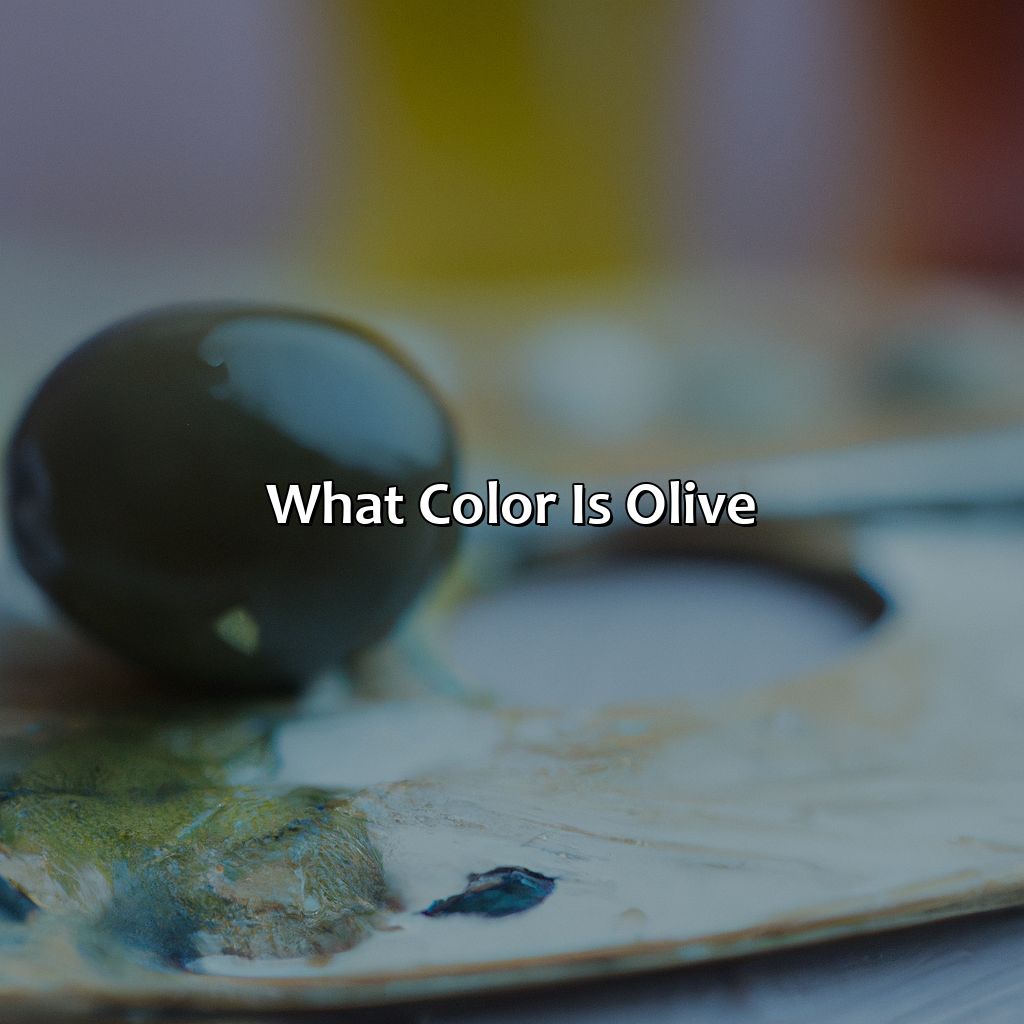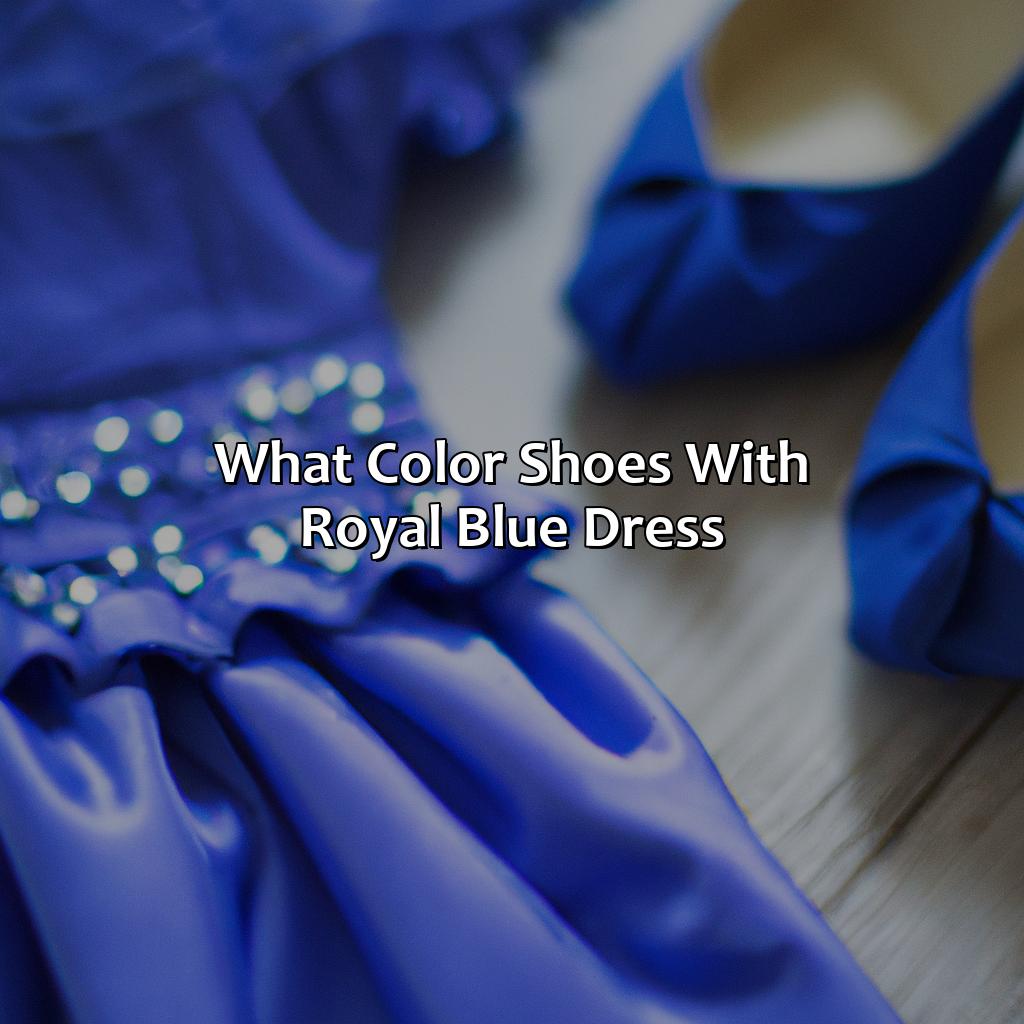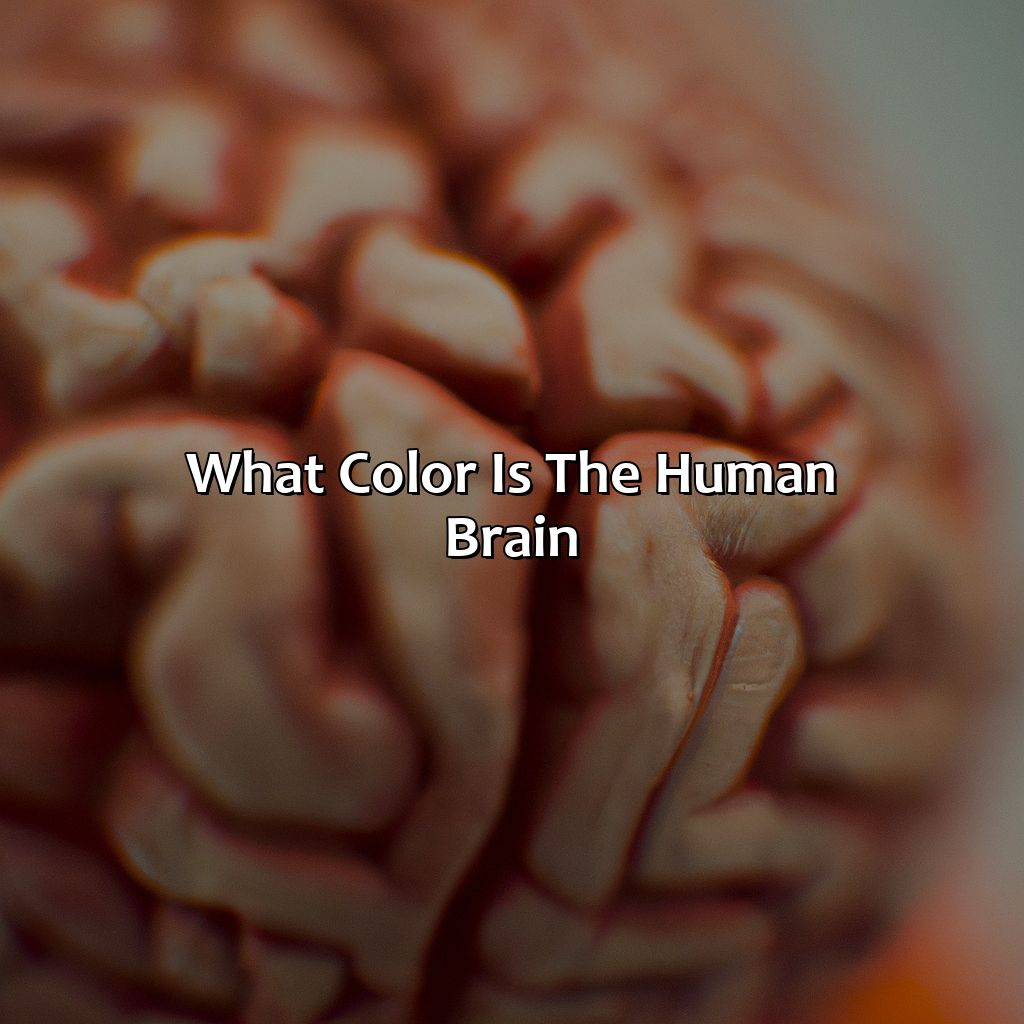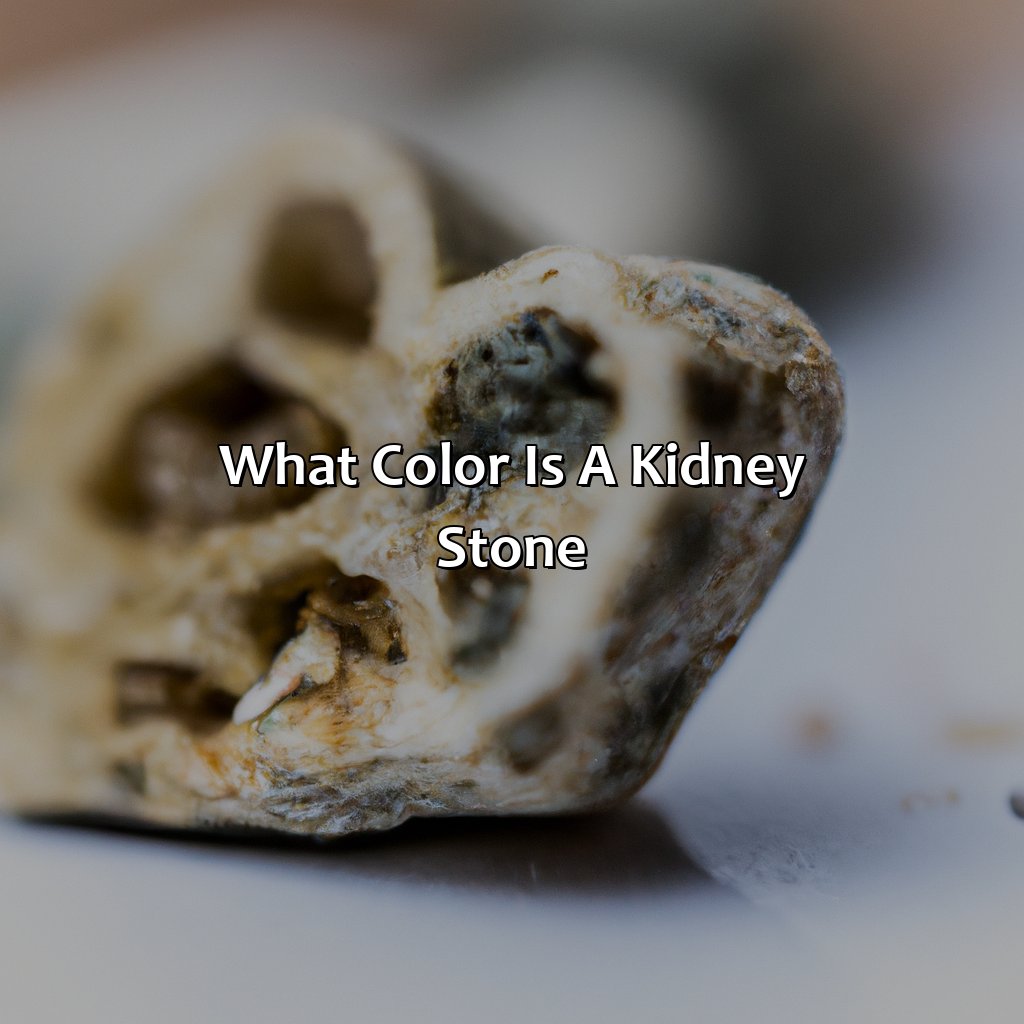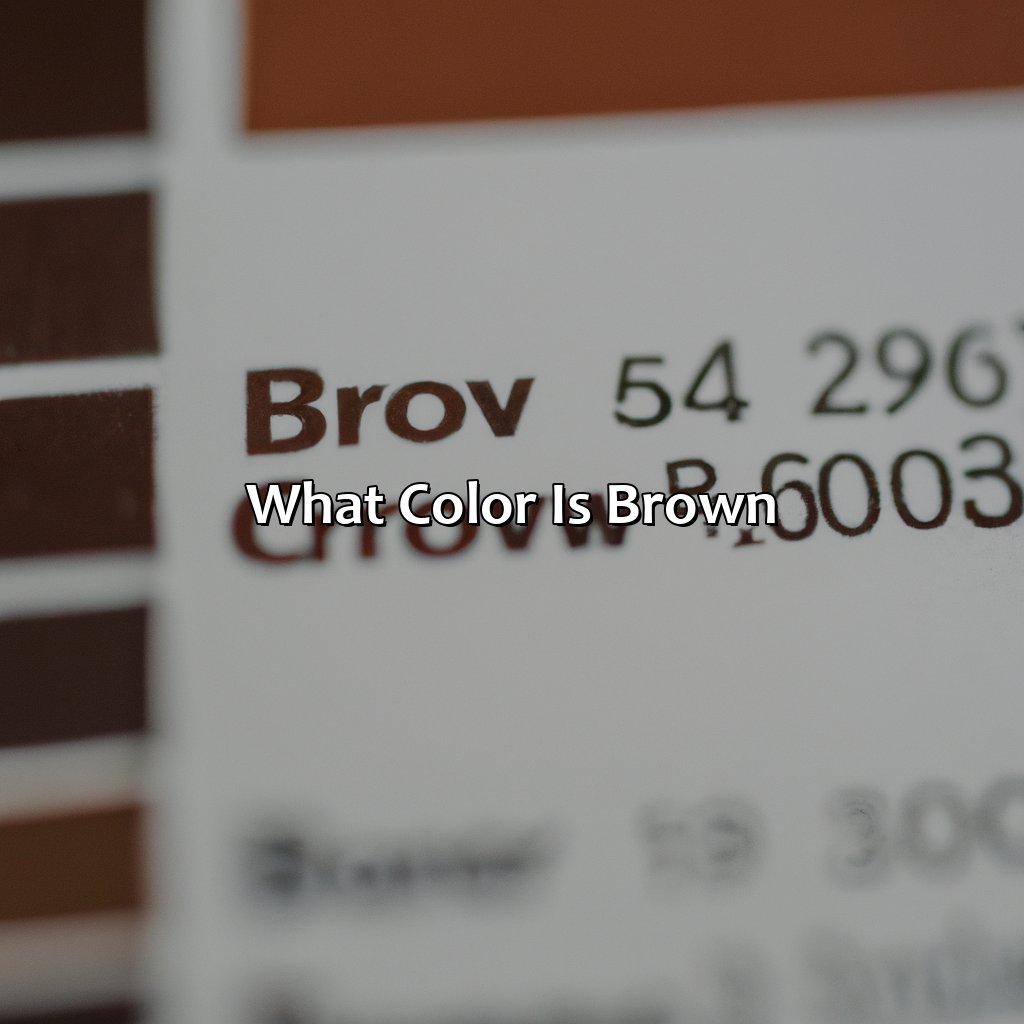Key Takeaway:
- Opposite colors are two colors that are positioned opposite each other on the color wheel, according to color theory. Complementary color is another term used for opposite colors.
- The color wheel is a basic tool used to help understand color relationships and how colors are created. Primary colors, secondary colors, and tertiary colors are the three main categories used to organize the colors on the wheel.
- Red belongs to the primary color category, and is located at a certain position on the color wheel. Its complementary color, or opposite color, can be found by looking at the color wheel and identifying the color directly across from it. In the case of red, its opposite color is green.
Key Takeaway:
- Opposite colors play an important role in fashion and design. When used together, they create a visually appealing contrast that can make a statement.
- Red’s opposite color, green, can be used to create a powerful visual impact. Depending on the hues and shades used, the combination of red and green can evoke emotions such as energy, excitement, or relaxation.
- Understanding opposite colors and how they work can help designers and artists create impactful and meaningful visual art, advertising, and branding that can effectively convey emotions and messages to the audience.
Key Takeaway:
- Red is a vibrant and dynamic color that is associated with strong emotions such as passion, aggression, and warmth. Its opposite color, green, is often used to create a harmonious and eye-pleasing visual contrast.
- Red’s symbolic and cultural significance can vary depending on the context and cultural background. In literature, language and idiomatic expressions, red can be used to convey different meanings and messages.
- Opposite colors play an important role in art, design, and color therapy, and can have a healing and relaxing effect on the mind and body.
Defining opposite colors
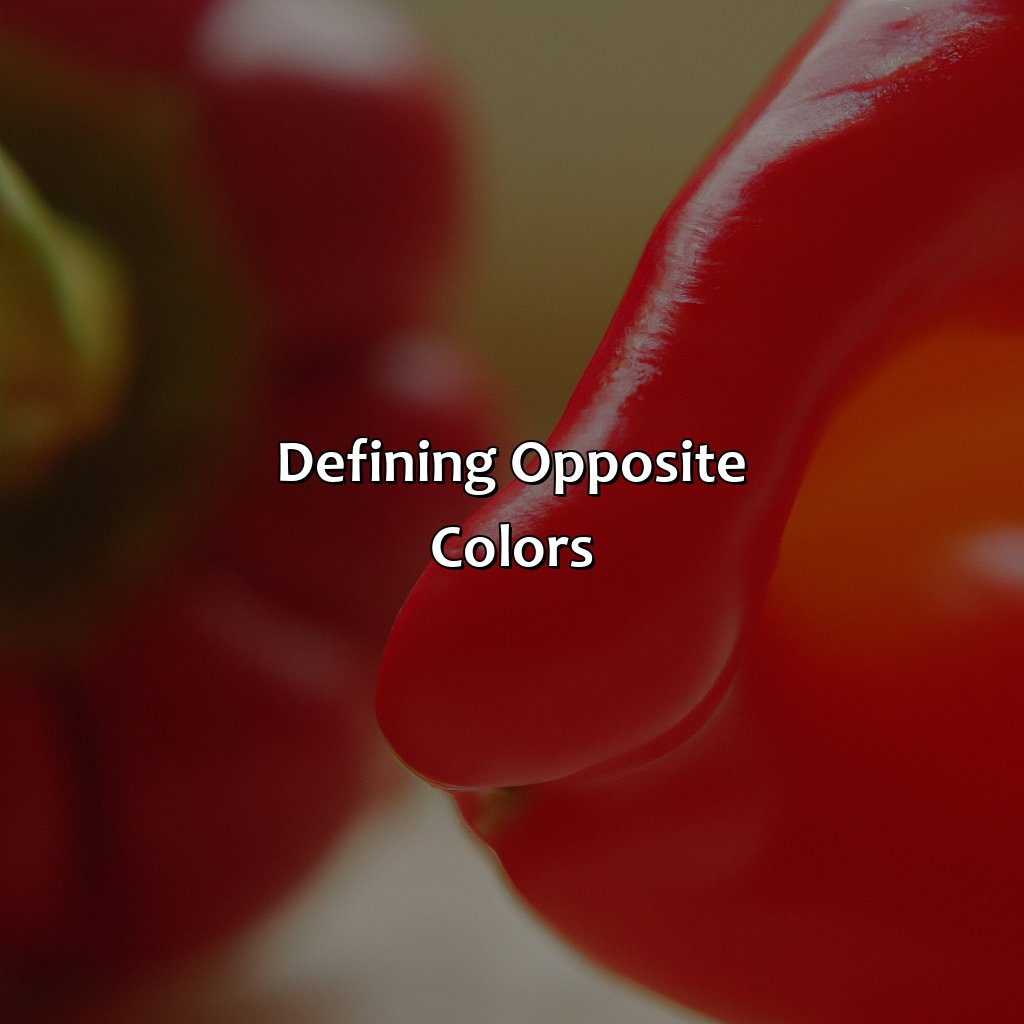
Photo Credits: colorscombo.com by Jeremy Harris
Defining Opposite Colors:
Opposite colors refer to those colors that are diametrically opposite to each other on the color wheel. Complementary color is another term used to describe opposite colors. Color theory explains that opposite colors create the highest contrast and the most intense vibration when placed together. Thus, knowing opposite colors is important in various industries such as fashion, design, and art.
In understanding opposite colors, it is essential to note that the color wheel consists of three primary colors – red, blue and yellow. The secondary colors are green, violet and orange, which are obtained by mixing the primary colors. The opposite color of red is green, the opposite of blue is orange, and yellow’s opposite color is violet.
In color theory, combining opposite colors can either produce a grayish color or a vibrant neutral color. Artists regularly use this knowledge to create their works. For instance, in Vincent van Gogh’s painting “Starry Night,” he used yellow and violet to create a dynamic color contrast that enhances the painting’s visual appeal.
It’s fascinating to note that Isaac Newton first developed the color wheel in the 17th century. The earliest-known color wheel dates back to 1666 when he conducted an experiment on dispersive prisms, which laid the foundation for the study of color. Now, color theory is an indispensable tool for designers, artists, and architects in their respective domains.
Color Wheel Basics
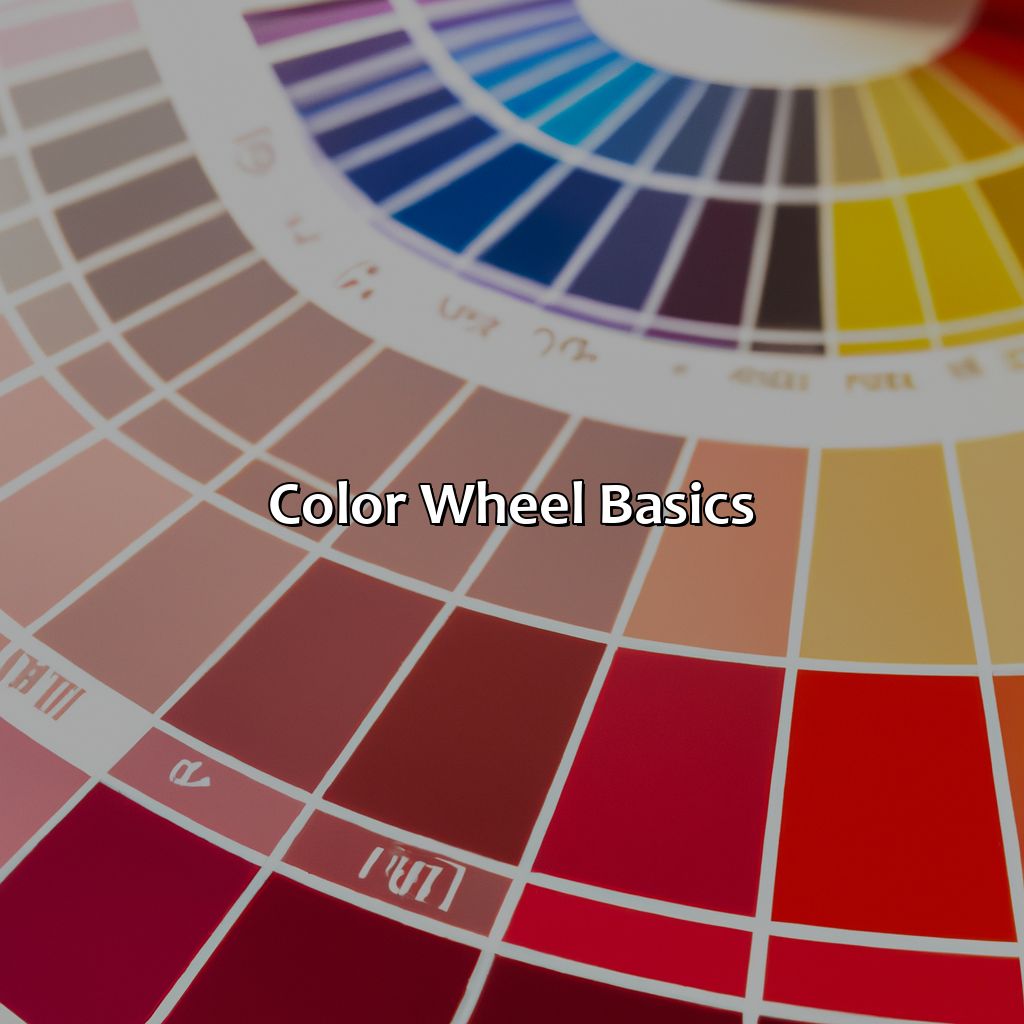
Photo Credits: colorscombo.com by Logan Smith
Color wheel basics? We’ve got ’em! Primary, secondary, and tertiary colors plus complementary colors.
Here’s what this section covers:
- an overview of the color wheel.
- Plus, how to find complementary colors. This is crucial for creating balanced color schemes.
Understanding primary, secondary and tertiary colors
The basis of color theory revolves around understanding primary, secondary, and tertiary colors. Primary colors are the foundation of all other colors; they cannot be created by mixing any other colors. Secondary colors come from mixing two primary colors together, resulting in a new hue. Tertiary colors are made by combining a secondary color with a primary color that it was not originally mixed with.
When creating color combinations or designs, it is important to consider the relationships between these types of colors. Complementary pairs consist of a primary color and its direct opposite on the wheel. Analogous pairs are colors that sit next to each other on the wheel and share certain characteristics.
Understanding primary, secondary, and tertiary colors is crucial for creating harmonious color schemes in design projects. The distinct properties of these hues and their relationship with one another can be utilized to create visually appealing pieces.
A fun fact about primary, secondary, and tertiary colors is that they were first identified by Sir Isaac Newton in 1666 through his theory on optics!
Find the perfect partner for any color by identifying its complementary color.
Identifying complementary colors
Complementing Color Harmony
Identifying complementary colors is essential to create a harmonic and balanced visual design. Opposite colors are the combination of warm and cool hues that provide a stunning contrast in prints, clothes, home decor, and digital compositions.
- Complementary Colors are situated in front of each other on the wheel
- Using opposite hues creates an exciting color scheme for any project
- The main characteristics of complementary colors are contrast and harmony
- Yellow’s complementary color is violet; blue’s is orange, and green’s is magenta
- When using complements, take care not to overuse this combination to avoid sensory overload.
Studying which color combinations work best together can make a significant impact on creative output. Designers who need high visual impact should consider working with complementary pairs when creating standout pieces.
Did you know? Many Renaissance artists painted their subjects wearing red and green because these two hues were considered expensive at that time. They complement each other perfectly when they appear side by side in paintings.
Discovering the opposite of red is like finding the yin to its yang in the colorful world of subtractive hues.
Opposite of Red
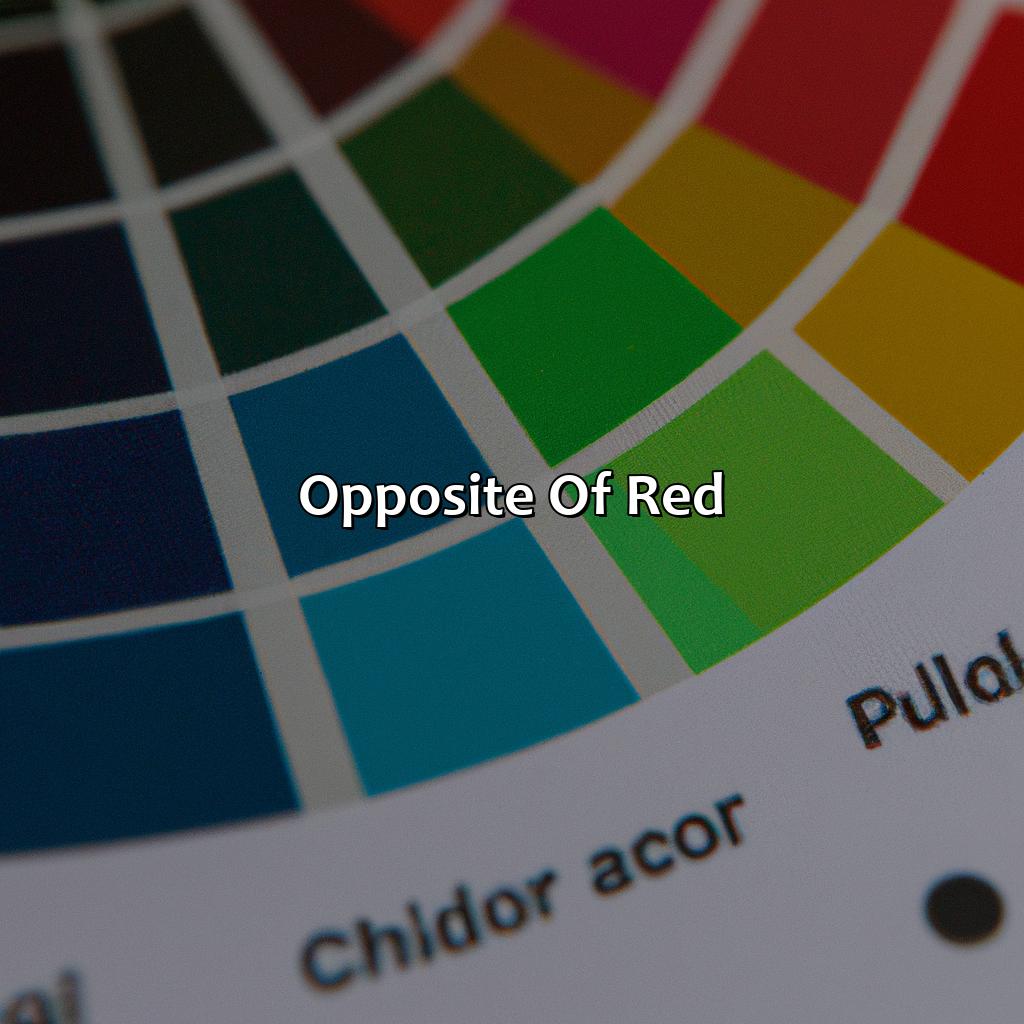
Photo Credits: colorscombo.com by Logan Campbell
Discovering the opposite of red? Examine the color wheel, find its complementary color and understand color as a subtractive property. We’ll dive into the chromatic basis of color. Examining the hue, shade, tint and saturation that contribute to color contrast. Join us to answer the title. Exploring how to find the opposite color of red!
Examining Red’s position on the color wheel
Red’s Position on the Color Wheel
Red is a primary color located at the top of the traditional 12-step color wheel, between violet and orange. This placement places it as one of the warm colors on the color spectrum. The position of red in this arrangement represents its relationship with other colors and how they interact visually.
| Color Wheel | Primary Colors | Secondary Colors | Tertiary Colors |
|---|---|---|---|
| Red | Red, Blue, Yellow | Purple, Orange, Green | Red-Orange, Red-Violet, Yellow-Orange, Yellow-Green, Blue-Green, Blue-Violet |
Interestingly, red can create a stark contrast when paired with blue or green but can also harmonize well with yellow or orange.
Understanding the position of red on the color wheel is important when finding its opposite color. Opposite colors are those that are directly across from each other on the wheel; red’s complementary hue is green. Incorporating green into designs that involve red can result in striking visual impact.
Don’t miss out on utilizing opposite colors to enhance your fashion or design projects further! Experiment with combinations involving Red and Green to see what stands out best to you!
Finding Red’s perfect match: the complementary color that will make it pop.
Finding Red’s complementary color
Finding the Complementing Hue of Red:
Red is a primary color that sits 180 degrees opposite to the color green on a traditional color wheel. Since Red’s complementary color is Green, it creates a strong visual impact when they are placed together. A matching pair that can be used in various design applications and clothing.
Here, we present a table with semantic tags where you can find the complementing hue of Red –
| Color Name | Hue |
|---|---|
| Green | 120° |
Just as blue and yellow makes green, red’s complementary shade green, is formed as a combination of blue and yellow. When applied to visual elements such as website designs or branding materials, incorporating red alongside its complement can create dynamic visual interest.
For different visuals and designs, experts recommend using different shades of colors or hues. Therefore, using lime green shades instead of dark greens would elevate the energy levels of your content or graphics. It works pretty well even on social media banners or presentations.
Thus understanding red’s complementary shade adds up to your creativity while designing graphics, images or developing content for online advertisements. Finding the opposite color of red is like trying to find a unicorn in a sea of mermaids.
Answering the Title
The opposite color of red is green, which is its complementary color on the color wheel. By examining where red falls on the color wheel and identifying its complementary color, we can confidently answer the title question.
Opposite colors are important in various fields, especially in fashion and visual design. Using red’s opposite color, green, can create a striking visual impact and add depth to the overall design.
It’s worth noting that the concept of opposite colors arises from the psychology of human perception. These relationships are not only visually appealing but also innate to our understanding of color.
In fact, there was a time when it wasn’t widely known that certain colors have opposites. In 1704, Isaac Newton published “Opticks”, where he first proposed the concept of complimentary or opposite colors, revolutionizing our understanding of how light interacts with matter.
Overall, understanding opposite colors and their relationships on the color wheel can greatly enhance visual design and bring a unique perspective to every project. Adding the opposite color to your artwork or design can create a dynamic and impactful contrast that grabs attention and evokes powerful emotions.
Practical Applications

Photo Credits: colorscombo.com by Joseph Martin
To use color knowledge in fields like artwork, design, décor, fashion, marketing, branding and advertising, you need to know the importance of opposite colors. This section examines how opposite colors are essential in fashion and design.
We’ll see how using the opposite color of red can make a great visual impact.
Importance of opposite colors in fashion and design
Opposite colors play a crucial role in fashion and design. Combining them can create powerful visual impact and make designs stand out. Opposite colors are used to attract the attention of the viewer and create a sense of balance in the design. They also enhance the color palette by providing contrast, making each color pop. By carefully selecting opposite colors, designers create dynamic compositions that evoke emotions and communicate ideas.
In fashion, opposite colors are used to create outfits that are visually interesting and well-balanced. They help create depth and dimensionality in clothing, making them appear more flattering on the wearer. Designers often use opposite colors for accessories like shoes, belts, bags, or jewelry as they have the potential to make or break an outfit.
One unique detail about opposite colors is that not all pairings work equally well; each combination produces a different effect depending on factors such as context, culture, style preference, or mood conveyed. Therefore, it’s essential for designers to experiment with different combinations of opposite colors before settling on a final design.
Missing out on using opposite colors can result in dull designs with an uninteresting color palette. It’s important for designers to incorporate the concept of opposite colors into their work to keep up with current fashion trends and appeal to viewers’ aesthetic tastes. Not staying up-to-date on relevant concepts risks being left behind in today’s ever-evolving world of fashion and design where unique ideas are celebrated.
Get ready to make a bold statement with the power of red’s opposite color.
Using Red’s opposite color for visual impact
Using the opposite color of red can have a significant visual impact on design. By pairing red with its complement, green, an intense and striking contrast is created that evokes attention and emotion. This combination is often used in graphic design, advertising, and branding to create attention-grabbing visuals.
Additionally, using red’s opposite color can also provide balance within a design. If there is too much red in a composition, its complementary green hue can effectively tone down the intensity and bring harmony to the overall visual effect.
A unique detail to note is that different hues of red will have different complementary colors based on their position on the color wheel. For example, pink-reds will pair well with olive-green, while pure or true reds will work better with brighter emerald or lime greens.
Pro Tip: When designing with complementary colors, it’s best to use them in moderation and pair them with neutral tones to avoid overwhelming the viewer’s eye.
Some Facts About the Opposite Color of Red:
- ✅ The opposite color of red is green. (Source: Color Matters)
- ✅ Red and green are complementary colors, meaning they are opposite each other on the color wheel. (Source: Sensational Color)
- ✅ The color combination of red and green is often associated with Christmas. (Source: The Spruce)
- ✅ Red and green color blindness is a common form of color blindness. (Source: Color Blind Awareness)
- ✅ In artwork, the use of red and green together can create a sense of movement and excitement. (Source: Art is Fun)
FAQs about What Is The Opposite Color Of Red
What is the opposite color of red?
The opposite color of red is green.
Can the opposite color of red be any other color?
No, the opposite color of red is always green in traditional color theory.
Why is green the opposite color of red?
Green is the opposite color of red because they are positioned opposite each other on the color wheel.
Is the opposite color of red the same in all color theories?
No, the opposite color of red can vary in different color theories and color models.
What effect does the opposite color of red have on our perception?
When placed next to each other, red and green create a strong contrast that can enhance our perception of both colors.
What are some examples of color combinations that use red and its opposite color?
Some common color combinations that use red and green include Christmas decorations, traffic lights, and various logos and brand identities.

